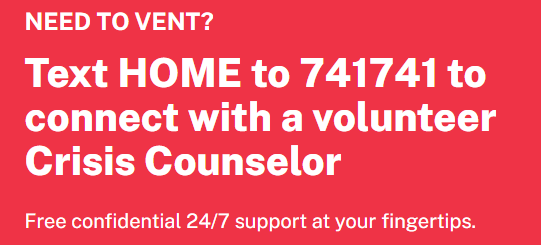Low Back Pain: Imaging and Alternative Treatments
Posted 06/11/25
Did you know four out of five people will experience lower back pain in their lifetime? It’s one of the most common reasons for a physician visit.
If you’re experiencing low back pain, it can be helpful to know that most people recover from low back pain within several weeks, whether they have imaging—X-ray, MRI, or CT scan—or not. In most cases, it’s recommended to delay imaging for six weeks to give your body a chance to recover.
Why Wait?
If you are like most people with back pain, rushing to get imaging is often proven unnecessary. It does not reduce recovery time, but it does increase medical costs and can expose you to unnecessary radiation. Imaging can also identify abnormalities that may have been present all along and are not the cause of your pain, resulting in unnecessary surgery. People who undergo surgery put themselves at risk of complications like infections and can have similar outcomes compared to those who took conservative measures.
Examples of Conservative Treatment or Nonprescriptive Therapy for Low Back Pain:
- Heat or ice packs
- Exercise like walking and gentle stretching
- Medications
- Acupuncture
- Physical therapy
- Transcutaneous electrical nerve stimulation (TENS)
When to Consider Imaging Sooner
In some situations, it might be appropriate to have imaging done sooner than six weeks. Symptoms that could influence your health care provider to order imaging sooner include:
- Unexplained weight loss
- Fever over 102°F
- Loss of bowel or bladder control
- Loss of feeling or strength in your legs
- Problems with reflexes
- A history of cancer
Learn More
Visit our online education resource, Low Back Pain Healthwise, for information and tools to help you make informed decisions about care, as well as to help you prevent and manage back pain.
If you experience low back pain, speak to your health care provider about treatment, and understand why your provider might not recommend imaging.
.ashx)
“988” is the three-digit, nationwide phone number to connect directly to the 988 Suicide and Crisis Lifeline. The 988 Suicide and Crisis Lifeline provides 24 hours a day, 7 days a week, confidential support to people in suicidal crisis or mental health-related distress.
Pressing “1” after dialing 988 will connect you directly to the Veterans Crisis Lifeline which serves our nation’s Veterans, service members, National Guard and Reserve members, and those who support them. You can also text the Veterans Crisis Lifeline at 838255.

Text HOME to 741741 from anywhere in the United States 24 hours a day, 7 days a week—free and confidential.
A live, trained volunteer Crisis Counselor will receive the text and respond from a secure online platform. “The volunteer Crisis Counselor will help you move from a hot moment to a cool calm.”


